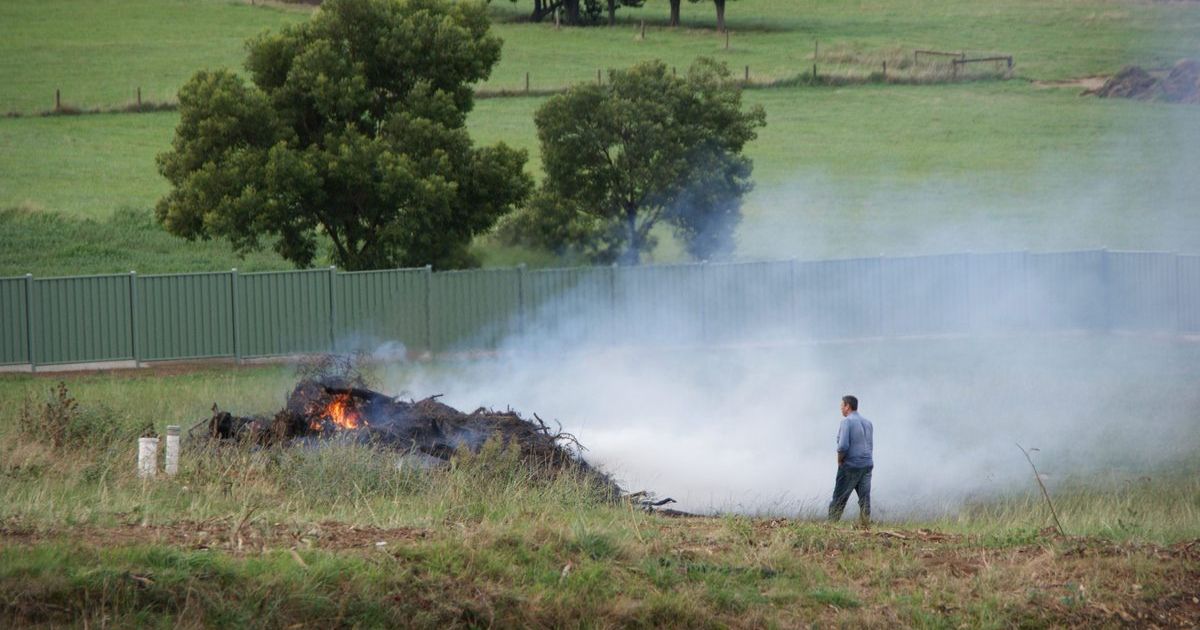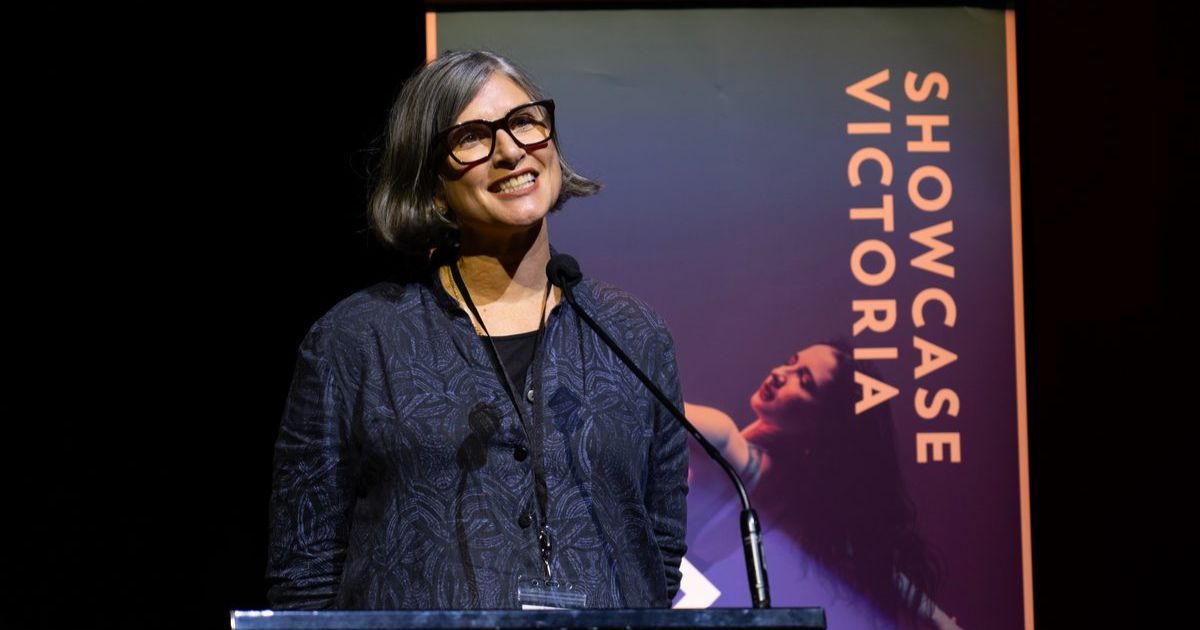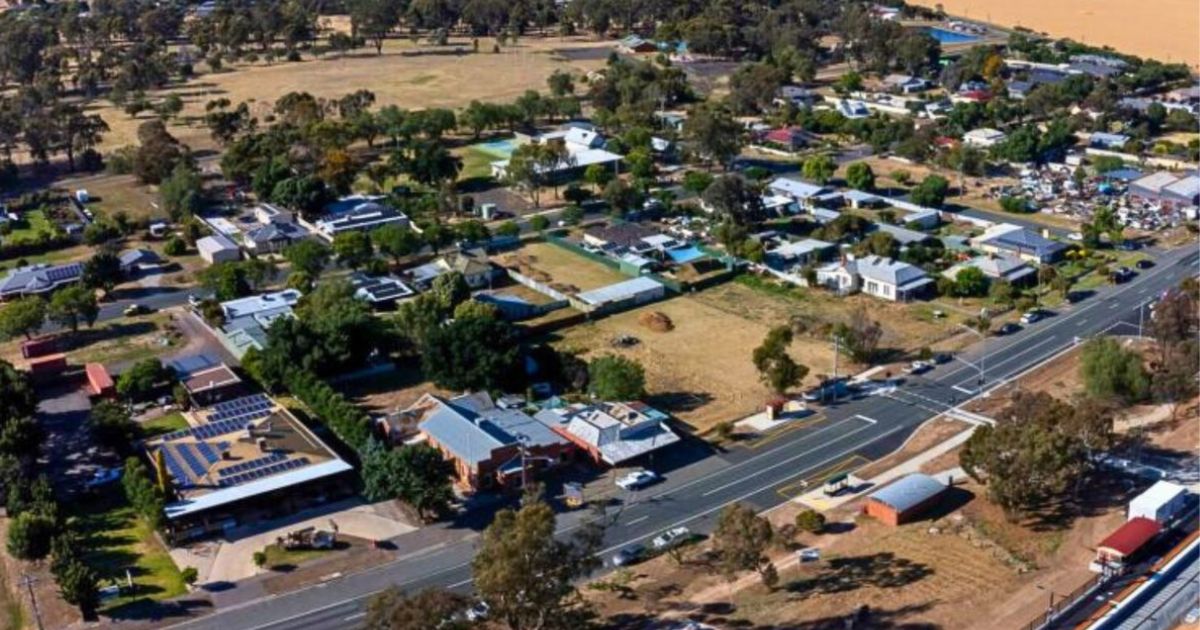World farewells Queen Elizabeth

End of an era: King Charles III follows behind the coffin of Queen Elizabeth II as it is carried out of Westminster Abbey after her State Funeral. Photo: DANNY LAWSON/ PA
QUEEN Elizabeth has been laid to rest alongside her beloved husband after Britain and the world paid a final farewell to the nation’s longest-reigning monarch in a dazzling show of pomp and ceremony.
Huge crowds thronged the streets of London and at Windsor Castle to witness the moving, grand processions and ceremonies.
“Few leaders receive the outpouring of love that we have seen,” said Justin Welby, the Archbishop of Canterbury.
Among the 2000 congregation were some 500 presidents, prime ministers, foreign royal family members and dignitaries.
Outside, hundreds of thousands had crammed into the capital to honour Elizabeth, whose death at the age of 96 has prompted an outpouring of gratitude for her 70 years on the throne.
Many more lined the route as the hearse took her coffin from London to Windsor, throwing flowers, cheering and clapping as it passed from the city to the English countryside.
At St George’s Chapel in Windsor Castle, some 800 guests attended a more intimate committal service which concluded with the crown, orb and sceptre – symbols of the monarch’s power and governance – being removed from the coffin and placed on the altar.
The Lord Chamberlain, the most senior official in the royal household, then broke his Wand of Office, signifying the end of his service to the sovereign, and placed it on the casket which then slowly descended into the royal vault.
As the congregation sang God Save the King, King Charles, who faces a huge challenge to maintain the appeal of the monarchy as economic hardship looms in Britain, appeared to be fighting back tears.
Later on Monday evening, in a private family service, the coffins of Elizabeth and Philip, who died last year aged 99, were moved from the vault to be buried together in the same chapel where her father, King George VI, mother, and sister, Princess Margaret, also rest.
At the state funeral, Archbishop Welby said the grief felt by so many across Britain and the wider world reflected the late monarch’s “abundant life and loving service.”
“Her late majesty famously declared on a 21st birthday broadcast that her whole life would be dedicated to serving the nation and Commonwealth. Rarely has such a promise been so well kept,” he said.
Music that played at the queen’s wedding in 1947 and her coronation six years later again rang out. The coffin entered to lines of scripture set to a score used at every state funeral since the early 18th century.
After the funeral, her flag-draped casket was pulled by sailors through London’s streets on a gun carriage in one of the largest military processions seen in Britain, involving thousands of members of the armed forces dressed in ceremonial uniforms.
They walked in step to funeral music from marching bands, while in the background the city’s famous Big Ben tolled each minute. Charles and other senior royals followed on foot.
The casket was taken from Westminster Abbey to Wellington Arch and transferred to a hearse to travel to Windsor, where more big crowds waited patiently.
Among those who came from around Britain and beyond, people climbed lampposts and stood on barriers and ladders to catch a glimpse of the royal procession.
Millions more watched on television at home on a public holiday declared for the occasion, the first time the funeral of a British monarch has been televised
The tenor bell of the Abbey tolled 96 times. Among the hymns chosen for the service was The Lord’s my Shepherd, sung at her wedding in the Abbey.
Towards the end of the service, the church and much of the nation fell silent for two minutes. Trumpets rang out before the congregation sang God Save the King. Outside, crowds joined in and broke into applause when the anthem was over.
The queen’s piper brought the service to an end with a lament called Sleep, Dearie, Sleep.
-BY AAP


















